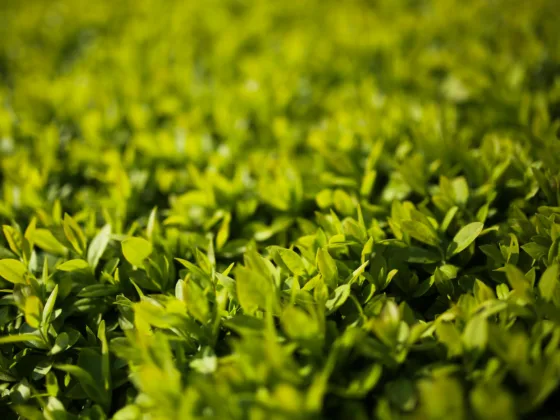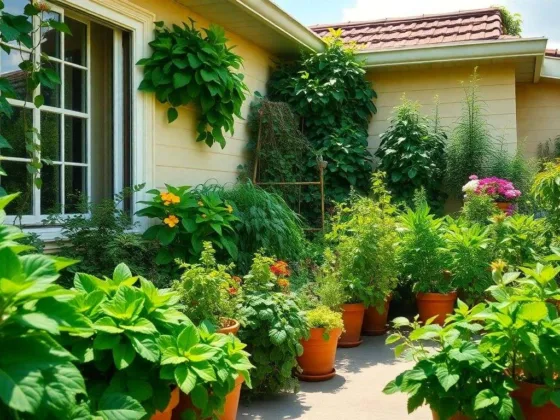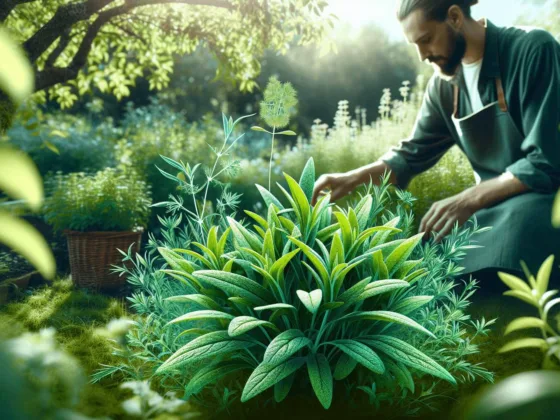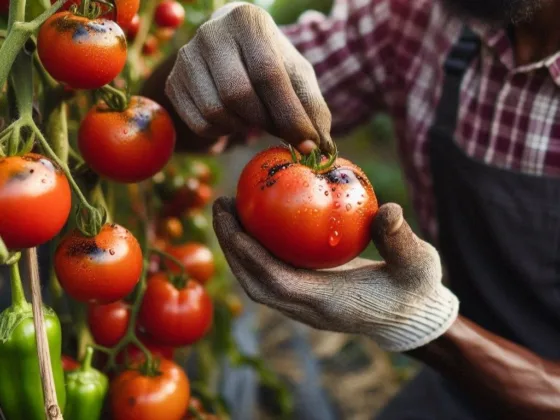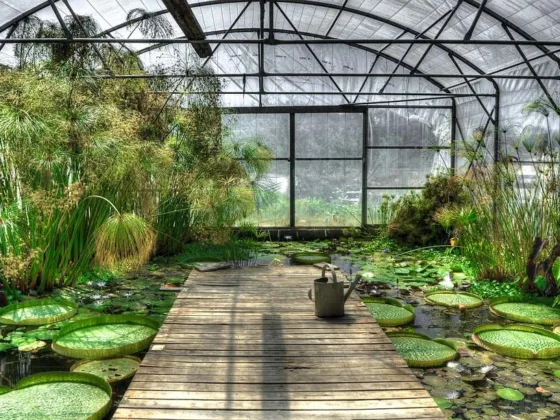Table of Contents Show
Most home gardeners know that you mainly plant in the spring. That’s when you see all the Home Depot and Lowe’s commercials on TV, and you can pick up bags of mulch on sale.
You can try to establish your plants during the spring and summer months and enjoy the nice weather while it lingers
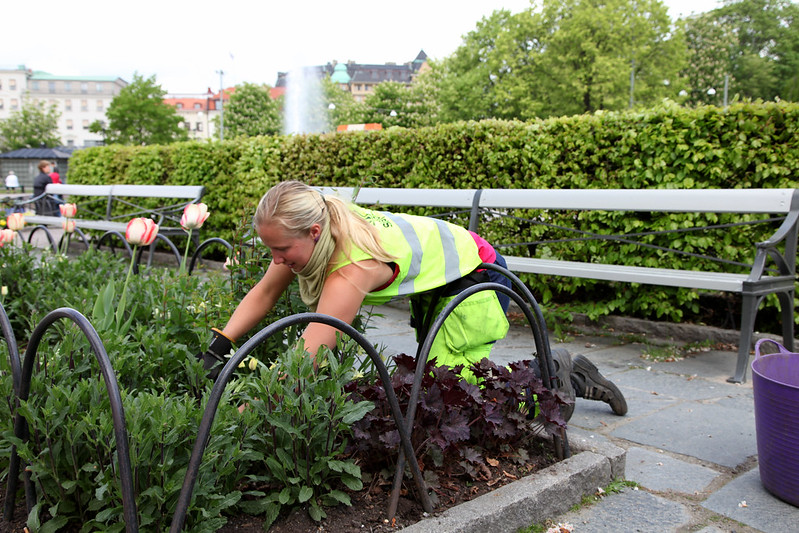
If you live in a part of the country where there are no real seasons and it’s warm year-round, you don’t need to think about planting at a particular time of year. You can plant some flowers or install bushes in the winter, and if it’s eighty degrees, they will probably do just as well.
The rest of the country, though, needs to pay attention to the seasonal changes. It does not make so much sense to engage in certain activities when winter is coming, so let’s talk about fall gardening and what should occupy your time.
Herbicides
Some people like to use herbicides to get rid of unwanted growth that threatens their flowers. Herbicide can kill weeds with no problems, but you have to be very careful how you use it. Look at all the Paraquat lawsuits that are happening right now from people who sustained harm from this common herbicide.
If you’re going to use herbicide, the fall season is probably not the best time to do it. You can still get it at Home Depot or Lowe’s, or a smaller local garden store.
However, you should put it away until spring, when you can combat weeds with it as much as you’d like. You should spend your fall gardening time focusing on other tasks.
Remove Dead or Dying Plants
If you cultivate a garden on your property, you should spend spring and summer trying to get your favorite plants to grow there. By the time autumn rolls around, you know what worked that year and what did not.
You should take the opportunity during the fall to clear away any planting projects that didn’t succeed. Maybe some vegetables didn’t do as well as you hoped. You can pull them up and throw them away.
You can clean up debris and dead plants by digging up their roots with a shovel or trowel. If you get the whole root, that plant should not come back next year.
If you leave even part of the root, though, don’t let it surprise you if that plant reappears the following spring. Some plants show incredible resiliency, and what you thought was a failed experiment might turn out better than you envisioned.
Winterize Your Water Features and Lawn Furniture
You might have some water features in or around your garden, such as fountains. Maybe you also have some patio furniture nearby that you like to use while you sit in the evenings and look at your garden and lawn.
You should winterize all that as best you can. That means turning off the water features and covering them, so the winter weather does not damage them.
You can do this with the furniture as well. You should have tarps that can cover your tables and chairs, or you can take them inside and store them in the basement. Maybe you have a shed or garage you can put them in instead.
Read Also:
Rake Up Your Leaves or Mulch Them
You might also have trees overlooking your garden that will begin to drop their leaves as we get deeper into the fall season.
You can use a rake to get them out of your flower beds, and you can bag them and leave them out for the trash, assuming your trash service will take them.
You can also use the rake to get the leaves out of your flower beds, and then you can run them over with the lawnmower if you would prefer to handle them that way.
You won’t have to expend any energy raking them into piles if you do this, and you save money on leaf bags.
Also, if you run your leaves over with a powerful mower, that creates mulch that will help your grass the following year. The ground-up leaves will stimulate growth in the months to come.
Bring Your Less Hardy Plants Indoors
You should also know about the plants you’ve cultivated. Will they do okay in your state during the winter? If you happen to reside on the East Coast or in the Midwest, the harsh winter cold will kill certain plants, and they will not come back the following year.
You can dig up the plants you need to bring into the house and store them somewhere you can care for them during the winter. You might have a greenhouse area where you can leave them under grow lights until you can bring them out again the following spring.
Empty the Compost Bins
If you have composting bins, you can empty them in the fall and start a new batch. You can take the old compost and spread it around any plants that you leave out in the winter weather. That compost works like a blanket for them, insulating them when the bitterest cold comes.
Plant Some Hardier Breeds
You might feel like the fall is not the time to plant any vegetables in your garden. That is not the case, though. While some of them will need to wait until next year, others will do fine if you plant them in the autumn, even if you live in a colder climate.
The ones that should do okay include the Brassicas, such as broccoli and cabbage. You can also plant radishes, lettuce, and garlic.
All of those are very hardy and should do fine in the colder weather, though you will not see them flower until spring.
Now, you should have enough on your list to start working. The fall is not a time when you don’t have anything to do in your garden, so put on your gloves and enjoy the last of the warm days.




